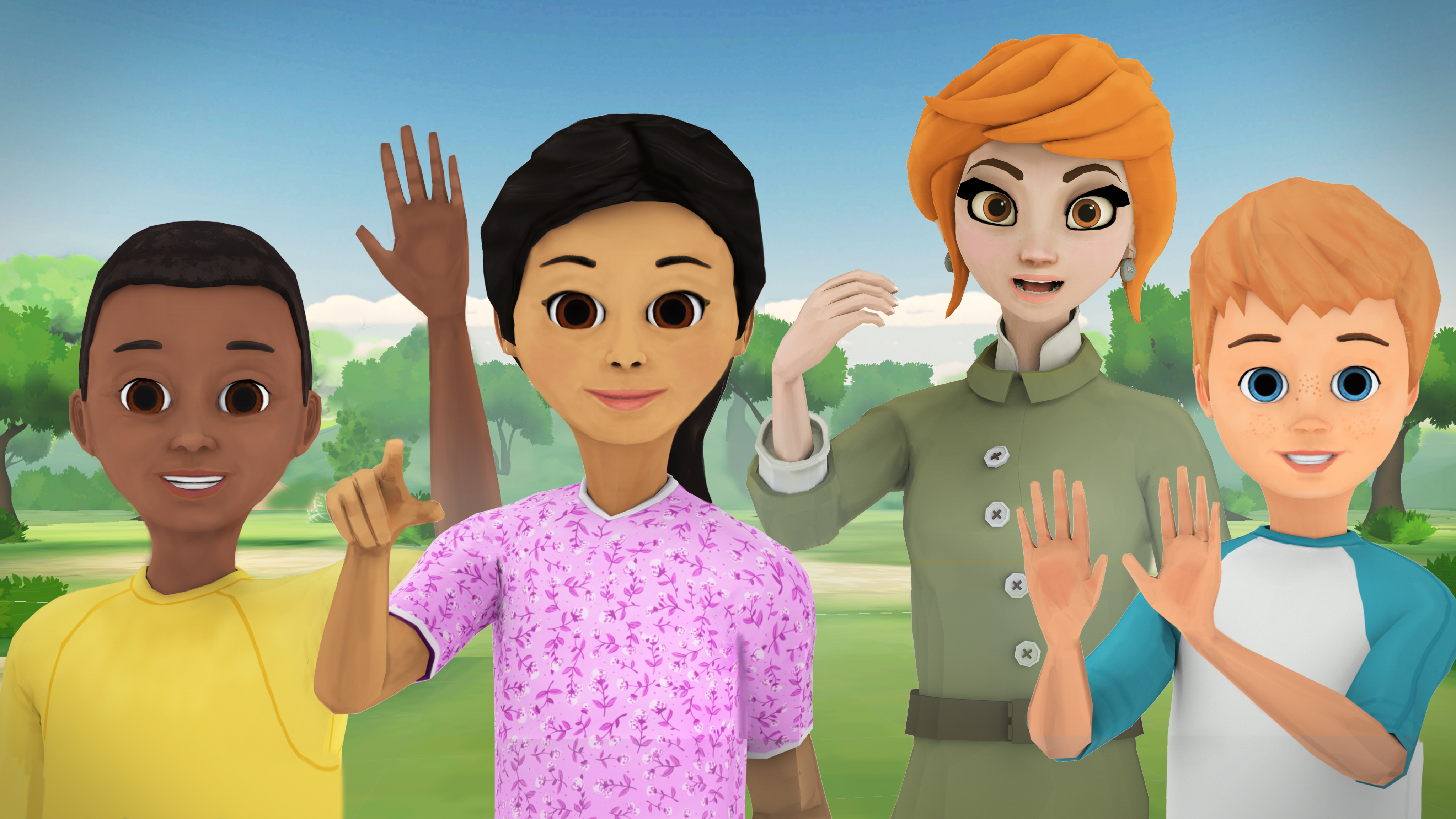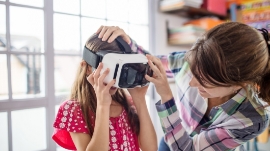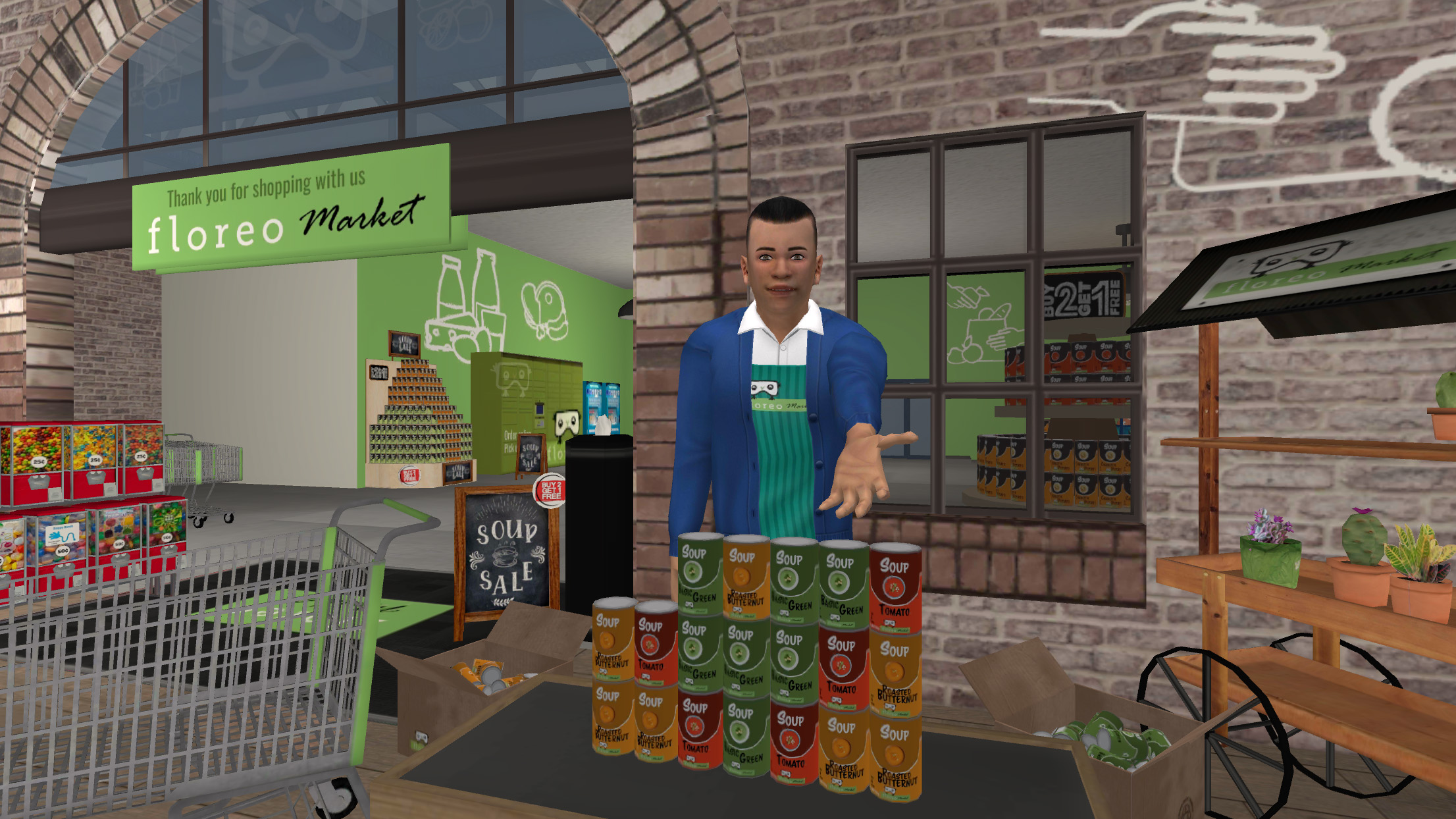
The ability to read a map is rarely taught in schools, yet it plays an important role in cognitive development by fostering spatial awareness (for example, understanding that the ice cream shop is to the left and the bookstore is to the right) and developing spatial reasoning (for instance, realizing that walking down a hallway and turning the corner will bring the mailbox into view). Floreo offers a fun and engaging way for individuals to practice map-reading skills, regardless of present proficiency.
For Learners who are just starting out on their map reading quest: Consider using Watch the Train where the Learner can see the entire environment. Start with a representation that is a bit more concrete: toy train tracks set up in the same pattern as the Floreo train tracks. Then, draw a map of the train tracks and have the Learner move their finger along the path of the train. You can follow up with the lesson Spatial Concepts: Where is the Train? to expand spatial vocabulary (under the bridge, behind the station, etc.) Don't forget to write the spatial vocabulary on the map as well.
If you are working with a group, use Pool Party Safety: The Basics and Pool Party Safety 2: The Challenge. This is a slightly longer lesson and you can give each person in the group a turn using the goggles at a particular location, while the others in the group review a map of the swimming pool. Help the others in the group identify where the VR is on the map and identify what signs were found at each location. You could also move a small figurine around the map to indicate where the VR user is standing.
For Learners who are further along on their map reading journey: Try the bus lessons. At the beginning of each of the 6 lessons, the Learner is located in front of a map and needs to determine whether they will go Uptown or Downtown. Take a moment to ask the Learner to find the destination on the map, review the Uptown and Downtown signs and confirm whether they need to travel left or right to get to the correct bus. These 3 lessons are good to start with: Find Your Bus: This is Your Bus, Find Your Bus: Wait for 2nd Bus, and Find Your Bus: Destination Not On Schedule. In the next 3 lessons, the Learner needs to engage in a bit more problem solving. These include: Find Your Bus: With Other People, Find Your Bus: Unmarked Bus, and Find Your Bus: Troubleshoot Missed Bus.
Orienting to the Grocery Store helps the Learner understand how a grocery store is typically laid out. Would your Learner be able to draw a map of the grocery store and identify the different sections? In addition to naming items that are in those sections, your Learners might be able to identify important aspects of the grocery store (e.g., milk is in the refrigerated section so it won't spoil; ice cream is in the frozen section so it won't melt). In that way, the Life Skills Academy: Food Storage and Safety lesson is a perfect adjunct to this lesson.
Despite the pervasiveness of devices that give us directions, the ability to read a map is still important. It engages critical thinking skills and teaches spatial awareness. It is yet another safety skill that allows for greater independence.






-1.png?width=550&height=250&name=Untitled%20(3)-1.png)